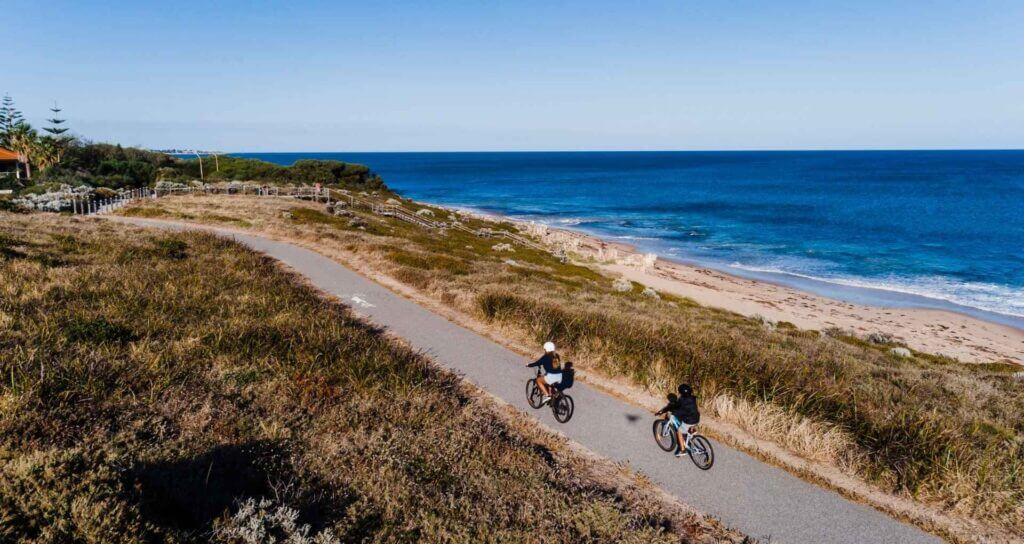Saving the Carnaby's Black Cockatoo
One of our most popular native birds is the Carnaby's black cockatoo, also known as the white-tailed cockatoo, or Ngoolark in Noongar language. Found only in the southwest corner of WA, the famous Carnaby’s cockatoo is unfortunately classified as an endangered species - its numbers have declined by about half in the past decade. This is due to a combination of factors, including the clearance of their habitat for agriculture and logging, fire, climate change, and increasing competition for habitat with other non-native bird species.
To survive, Carnaby’s black cockatoos depend on tree hollows for nesting, but sadly the shortage of available tree hollows is likely to worsen. That’s why planting trees is so important – although the time taken for tree species like jarrah and marri to produce hollows suitable for black cockatoos is around 130 years old! Fortunately, artificial hollows, like cockatubes, are proving successful in providing safe nesting areas for the cockatoos in vulnerable areas.
BirdLife Western Australia undertakes regular surveys of nesting Carnaby’s and have found several new nesting pairs around the Peel area, and almost all of them were in artificial nesting tubes. Finding natural breeding hollows is tricky, so the organisation relies on community sightings and leads on where to look. They are keen to hear from community members who spot places where the Carnaby’s are breeding; you can get involved through their online bird databases.
You can also help the black cockatoos, whether you’re in the metropolitan area, in Peel or the southwest, by providing fresh water and using native plants in your garden. Planting trees for food and nest hollows now will provide necessary habitat for black cockatoos in the future. Make sure you use plants that are local to your area. Black cockatoos are much more likely to recognise local plants as food, and the plants will also grow much better in your soils. Important native food plants for black cockatoos in the Perth and Peel region include banksias, grevilleas and hakeas, as well as Marri and Jarrah, which also offer night-time roosting places.
The Carnaby’s Black Cockatoo is an iconic West Australian bird, and it’s important to do everything we can to ensure its survival. Click here to learn more about Carnaby’s Black Cockatoo.
See more articles on







